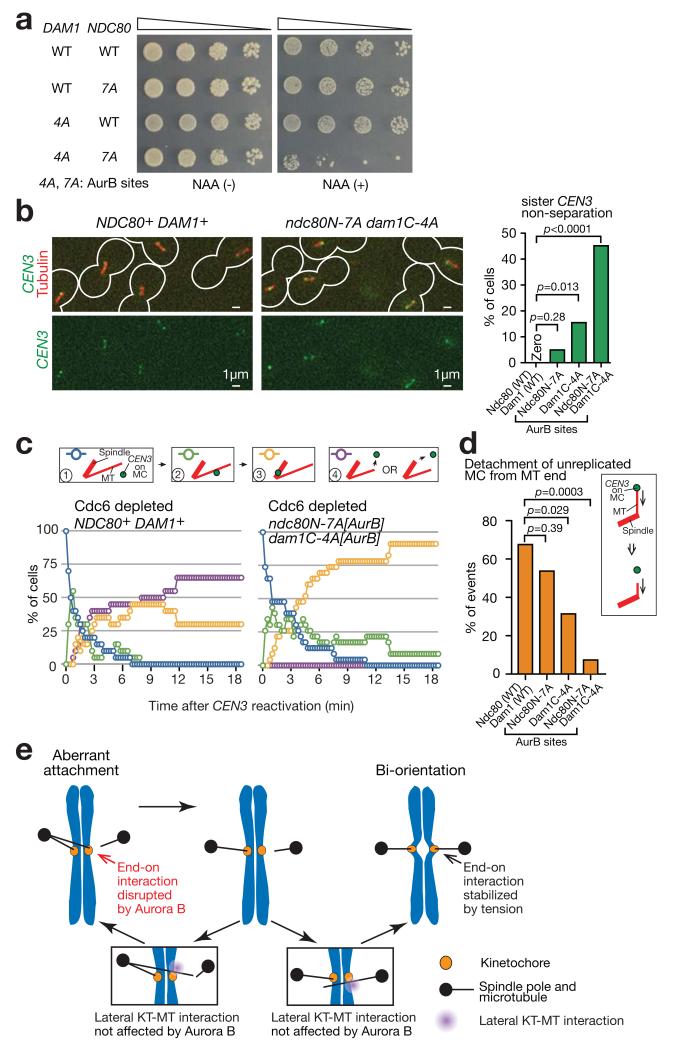Figure 8. Non-phosphorylatable Dam1 and Ndc80 mutants at Aurora B sites reduce the detachment rate of a KT from the MT plus end.
(a) Serially diluted cells were incubated with or without auxin NAA. In Dam1C-4A[AurB], four Aurora B target sites (S257, S265, S292 and S327 18) were replaced with alanines in the Dam1 C-terminus. In Ndc80N-7A[AurB], seven Aurora B target sites (T21, S37, T54, T71, T74, S95 and S100 19) were replaced with alanines at the Ndc80 N-tail.
(b) NDC80+ DAM1+ (T10638), ndc80N-7A[AurB] (T11813), dam1C-4A[AurB] dam1-aid (T11795) and ndc80N-7A[AurB] dam1C-4A[AurB] dam1-aid (T11794) cells with TIR (except for T11813) PGAL-CEN3-tetOs TetR-3×CFP GFP-TUB1 PMET3-CDC20 were treated and analysed as in Fig 5c; i.e. arrested in metaphase with glucose (CEN3 was always active). Representative images (of T10638 and T11794) and percentages of sister CEN3 non-separation (n= 39, 61, 45, 31 cells were analysed, respectively) are shown.
(c, d) NDC80+ DAM1+ (T11675), ndc80N-7A[AurB] (T11788), dam1C-4A[AurB] (T11790) and ndc80N-7A[AurB] dam1C-4A[AurB] (T11811) with TIR dam1-aid (except for T11788) cdc6-anchor-away TetR-3×CFP GFP-TUB1 PMET3-CDC20 and pT111 (MC with PGAL-CEN3-tetOs) were treated as in Fig 7f,g; i.e. Cdc6 was depleted, CEN3 under the GAL promoter was inactivated and subsequently reactivated, and Dam1-aid was depleted. c shows percentage of cells at each step of KT–MT interaction, as in Fig 7f. d shows percentages of MC detachment from the MT ends during end-on attachment. n= 24 and 23 cells (c) and n= 25, 24, 16 and 14 end-on pulling events (d) were analysed (left to right).
In b and d, experiments were performed three times or twice, respectively (statistics source data in Supplementary Table 2), and a representative experiment is shown here. p-values (two tailed) were obtained by Fisher’s exact test.
(e) Summary diagram. Aberrant KT–MT attachment (left) is dissolved through disruption of end-on attachment by Aurora B phosphorylation of KT components such as Dam1 and Ndc80. Subsequently lateral attachment is formed efficiently as this form of attachment is impervious to Aurora B regulation (insets). If this leads to establishment of bi-orientation (right), tension is applied across sister KTs and KT–MT attachment is stabilized. Alternatively, if that leads to aberrant attachment (left), error correction must continue to establish bi-orientation.

